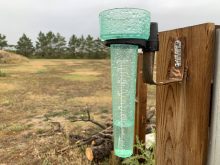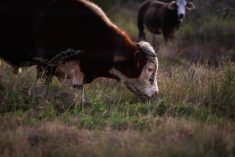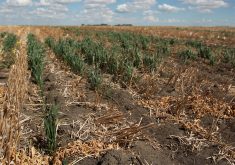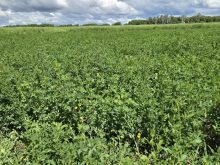MEDICINE HAT — The Alberta government is taking unprecedented steps as the situation unfolding on Alberta rivers and the drought conditions that stretch from Hay River to Milk River reverberate across the province.
Provincial environment minister Rebecca Schultz issued a media release today announcing the launch of the largest effort in the province’s history to develop water sharing agreements, starting tomorrow.
The move comes in the wake of a telephone town hall meeting as municipal officials and the ministers of agriculture and municipal affairs joined Schultz and other officials to outline the situation.
Read Also
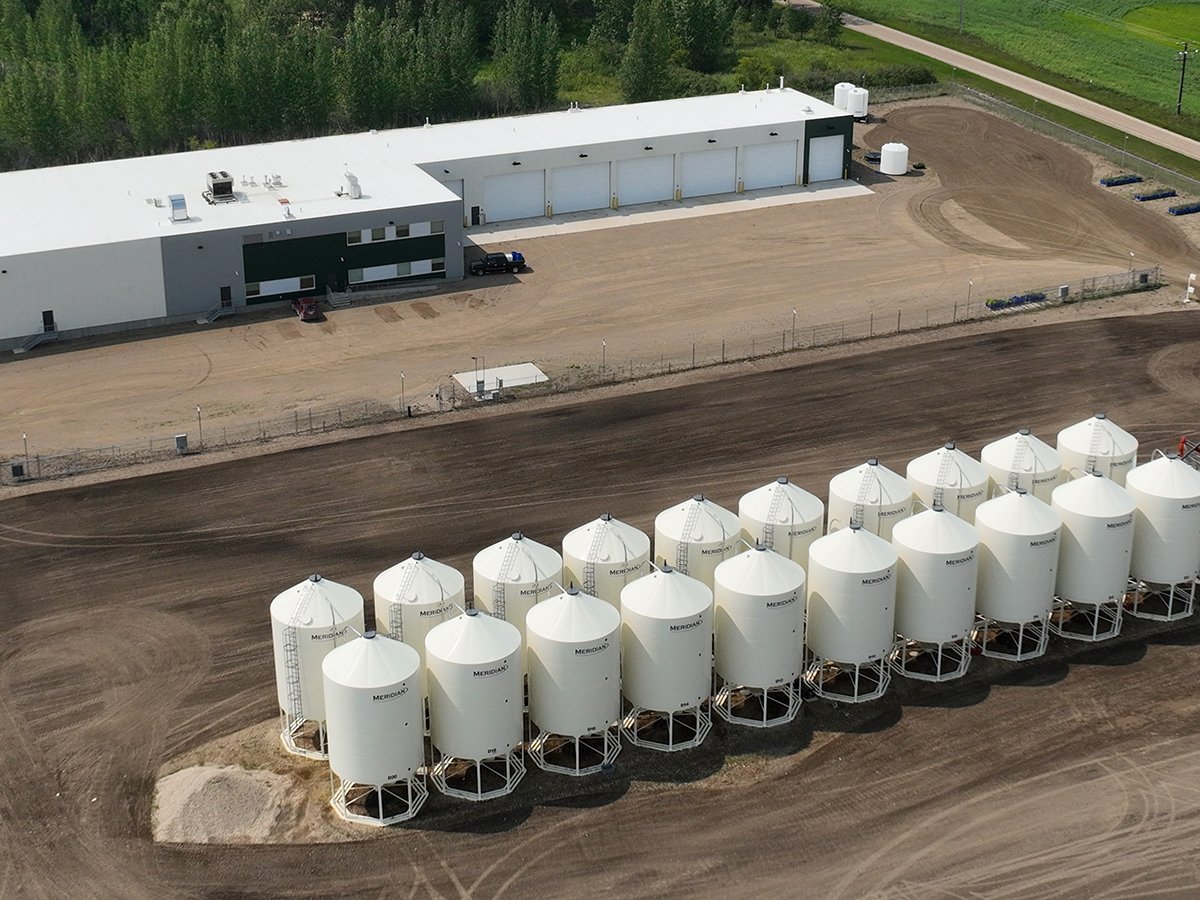
Saskatchewan firm aims to fix soil with compost pellets
In his business, Humaterra, Leon Pratchler is helping farmers maximize yields in the weakest areas of their fields through the use of a compost pellet.
“This fall saw extremely low flows in many of our southern rivers. In October, the last month that our rivers are completely free ice, several rivers experienced monthly average flows at or near record lows,” said Stacey Smythe, Alberta Environment’s assistant deputy minister.
That includes the Peace, Bow, Oldman and South Saskatchewan rivers and Willow Creek, all of which recorded the first, second or third lowest numbers seen in nearly 25 years.
Drought management continues in cold months
Water sharing agreements ‘helpful’ in a drought
The situation has prompted the Alberta Fire Chiefs Association (AFCA) to issue an open letter calling for the provincial government to disclose its wildfire strategy in advance of fire season.
“The AFCA emphasized with government that reliance on municipalities to financially backstop wildland fire response is not sustainable,” the letter said.
“With or without federal funding, the AFCA is inquiring about the allocation of additional resources towards wildfire management.”
The situation in Alberta is exacerbated by already low soil moisture levels, little precipitation, high temperatures and low snowpack across the province.
Alberta’s first-in-time, first-in-right water management system gives priority to the oldest water licences issued, some dating back to the 19th century, with irrigation districts holding some of the largest allocations in the province.
Water sharing agreements are a way to avoid priority calls, and Alberta Environment said it intends to develop at least one each on the Red Deer, Bow and Oldman rivers. The department plans to have them in place by March 1.
More to come ….




